#Small Space Gardening
Explore tagged Tumblr posts
Text
✅✅Growing vegetables in containers is a great way to enjoy fresh produce, even if space is limited. Here are some of the best vegetables to grow in containers:

Tomatoes: ✅✅Varieties: Cherry or bush types (e.g., 'Patio Princess' or 'Tiny Tim') do well in containers. Container size: 5-gallon pot or larger.
Tips**: Stake or cage for support and provide plenty of sunlight and regular watering.
Peppers: ✅✅Varieties: Both sweet and hot peppers thrive in containers. Container size: 3 to 5-gallon pots. Tips**: Full sun and well-draining soil are key.
Lettuce: ✅✅Varieties: Leaf lettuce like 'Black-Seeded Simpson' or 'Salad Bowl' are ideal. Container size: Shallow containers (6-8 inches deep). Tips: Grows quickly and prefers cooler weather, so partial shade can help.
Spinach: ✅✅Varieties: Most types work well, but 'Baby Leaf' is particularly suited to containers. Container size: 6 inches deep or more. Tips**: Grow in cooler weather with regular watering.
Radishes: ✅✅Varieties: Quick-growing varieties like 'Cherry Belle' are perfect. Container size: Shallow pots (6 inches deep). Tips**: Ideal for small spaces and quick harvests in cooler weather.
Carrots: ✅✅Varieties: Choose short or round varieties like 'Thumbelina' or 'Nantes'. Container size: 12 inches deep or more. Tips**: Ensure loose soil for root growth and keep soil consistently moist.
Cucumbers: ✅✅Varieties: Bush or dwarf varieties (e.g., 'Spacemaster'). Container size: 5-gallon pots. Tips**: Provide support for vining types and ensure full sun.
Green Beans: ✅✅Varieties: Bush beans (e.g., 'Bush Blue Lake' or 'Contender') are best for containers. Container size: 12 inches deep or more. Tips**: They don’t require much space and can produce a large harvest in a small area.
Eggplants: ✅✅Varieties: Compact varieties like 'Patio Baby' do well in containers. Container size: 5-gallon pots or larger. Tips**: Needs full sun and regular watering.
Herbs (Bonus) ✅✅Varieties: Basil, parsley, cilantro, thyme, and rosemary thrive in containers.
✅✅Container size: Small pots (6-8 inches deep). Tips**: Grow in a sunny spot and harvest regularly to encourage new growth.
✅✅General Tips: Soil**: Use a high-quality potting mix, not garden soil, for proper drainage.
✅✅Watering: Containers dry out faster, so water regularly and ensure proper drainage.
✅✅Sunlight: Most vegetables need 6-8 hours of direct sunlight each day.
✅✅Ertilizing: Since nutrients can wash out of containers, use a balanced fertilizer to support growth.
New Apparel has Arrived in Stock Get it now from here🛒🛍️👕👇🇺🇸
#Container vegetables#Small space gardening#Best vegetables for pots#Urban gardening tips#Growing vegetables in containers#gardening#gardeningloverfamily#gardeninghour#plantblr#nature#cottagegarden#gardeningtshirt#grading#flowers#plants
4 notes
·
View notes
Text
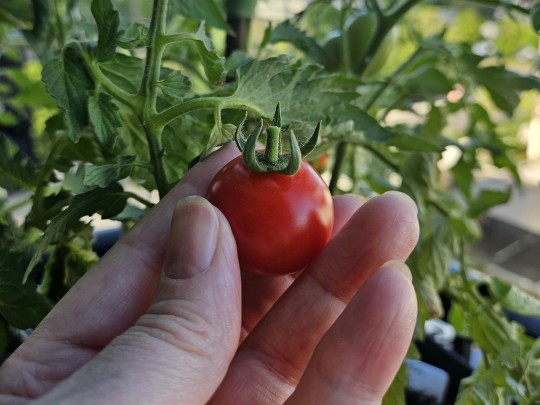
First ripe tomato of the season
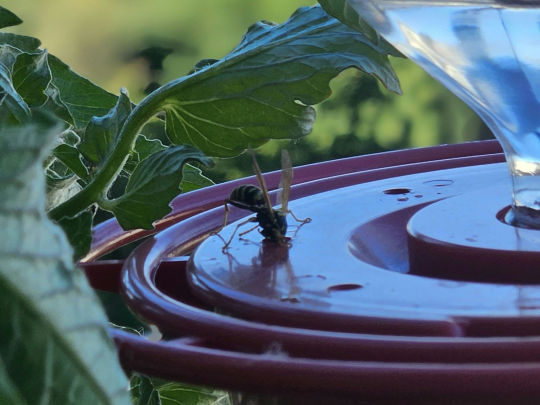
Wasp drinking out of the hummingbird feeder


Hummingbird and hummingbird feather

Sunrise.
~~~~~~~
Someone please appreciate how hard my tiny little balcony in a city is trying to not feel like a tiny little balcony in a city.
#City life#it's a small city but it's still a city#nature#Urban wildlife#Urban gardening#small space gardening
16 notes
·
View notes
Text
Container Gardening: Perfect for Small Spaces
Lacking much space but wanting to add some greenery to your area? Growing plants in containers is the ideal solution! A thorough overview of container gardening is provided in our most recent blog post, along with advice on picking the best plants, soil, and container for your area. This article has everything you need to make a lovely and flourishing container garden, whether you're an experienced gardener or are just getting started. Check it out now to avoid missing out!
Visit for more at www.yardener.com

#Container Gardening#Small Space Gardening#Low-Maintenance Gardening#Gardening Tips#Plant Care#Urban Gardening#Apartment Gardening#Sustainable Gardening#Garden Design#Indoor Plants#Outdoor Plants#Patio Gardening#Balcony Gardening#Edible Gardening#Herb Gardening#Flower Gardening#Soil Mix#Plant Selection#Watering#Sunlight Requirements.
2 notes
·
View notes
Text




Latest and greatest in the garden 🪴
0 notes
Text
instagram
My little garden 🥰✨
#potted garden#patio garden#small space gardening#gardening#garden#romance your life#apartment living#it’s the little things#Instagram
1 note
·
View note
Text
Containers, Raised Beds, or In-Ground: Which is Right for Your Garden?
Many gardening lovers come across this problem on a daily basis, when it comes to green experiments. Some of these factors that can lead a person choose containers, raised garden beds, or in-ground include space for a garden, mobility of plants and how they wish their gardens to look like. Containers:Container gardening proves to be an efficient and space-saving option suitable for people whose…
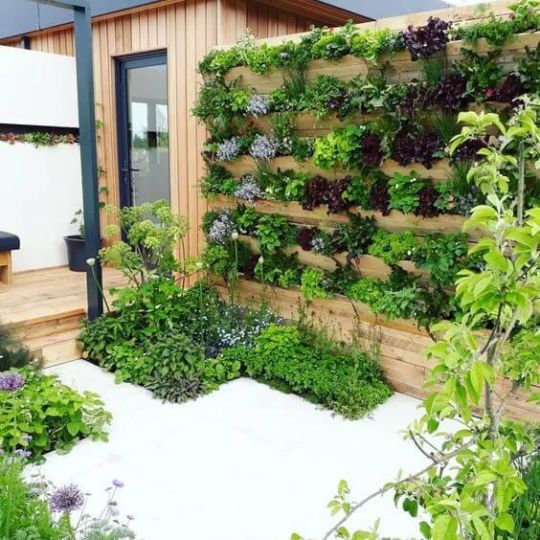
View On WordPress
#Container gardening#In-ground garden layout#Organic gardening#Raised bed construction#Raised Beds#Small space gardening#Sustainable gardening#Watering strategies
0 notes
Photo

Maximizing Your Garden in a Small Space: Expert Tips & Tricks for Successful Small Space Gardening
#small space gardening#maximizing your garden#expert tips#tricks for successful gardening#gardening in a small space
0 notes
Text


My north facing balcony gets about one hour direct sun a day, but it’s still going
#balcony garden#urban gardening#gardening#container gardening#garden#small space gardening#smallspaces#vegetable gardening#vegetables#homegrown
1 note
·
View note
Text

Apartment Living, 1977
#1970s#70s#70s apartment#70s decor#vintage decor#1977#seventies#apartment living#small spaces#family room#portable television#better homes and gardens
65 notes
·
View notes
Text
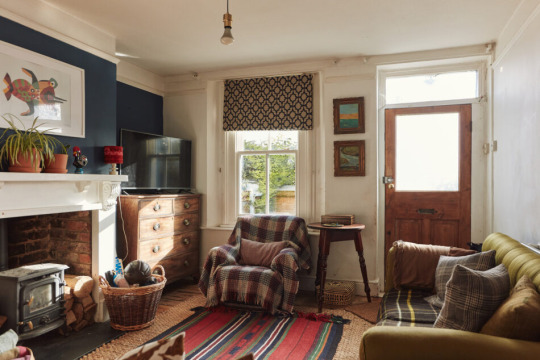
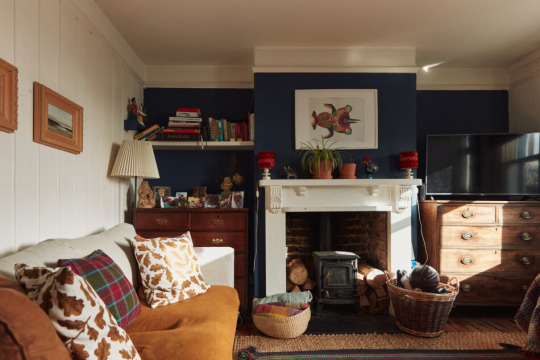

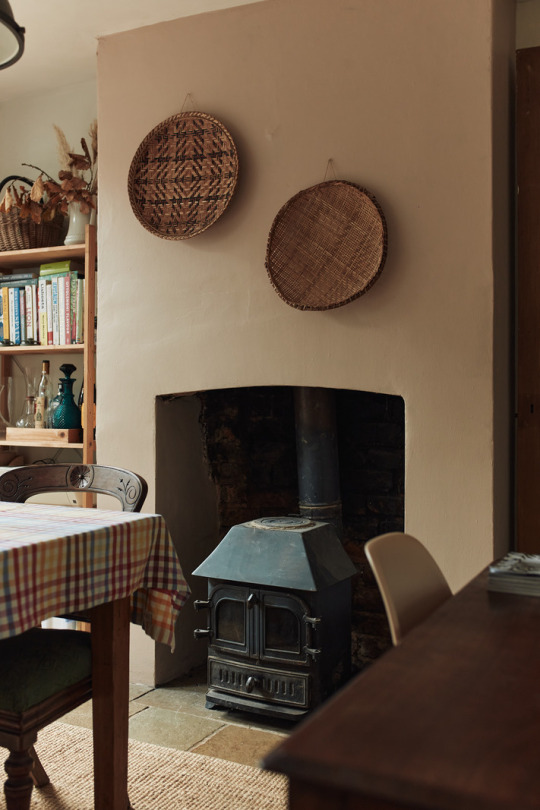




#Oxford Terrace#living room#interior design#interior#bedroom#dining room#kitchen#architecture#garden#cozy#small homes#small houses#small space#small room#small home#small spaces
279 notes
·
View notes
Text
Things are starting to happen in the garden
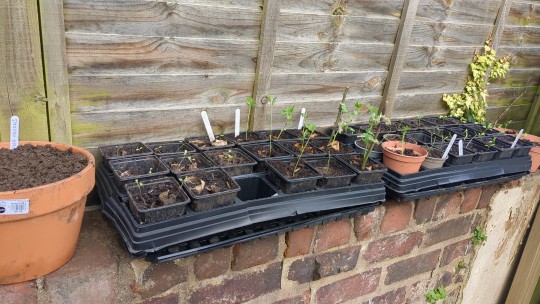
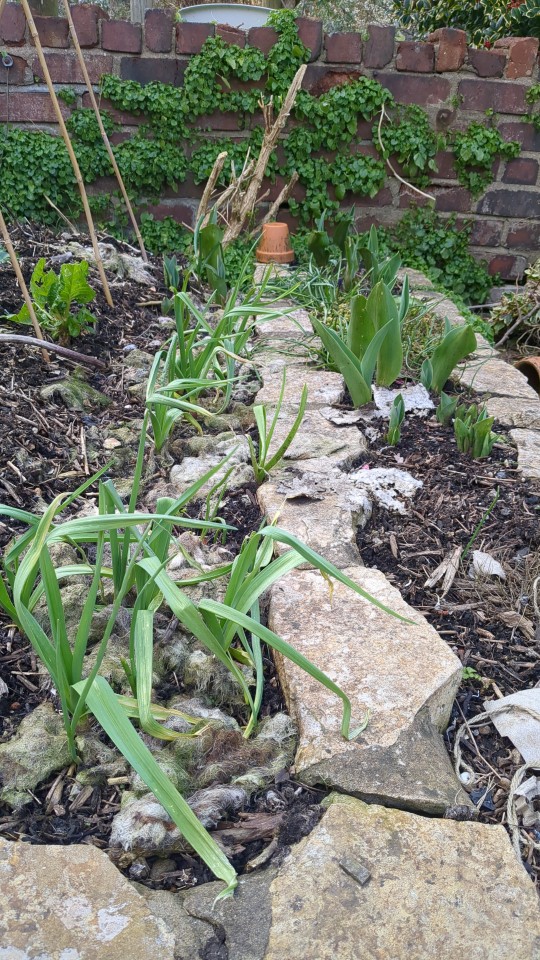
Seedlings! Tulips! Buds bursting!
The fruit bushes I planted over winter are showing signs of life!

I planted these peas outside last week. It's too early, but they were desperate to LIVE and to CLIMB. I could not give them the life they wanted indoors. It snowed pretty much immediately, and was frosty for several days. And yet, the peas remain unbothered and flourishing.
I had a 100% germination rate with these guys too. The variety is Lord Leicester if anybody is interested.

I've stacked up a load of old twigs and prunings which were lying around to make a bit of a habitat wall area. I'm hoping this will one day give frogs a safe passage to the pond. In the shorter term, I'm wondering if any climbing plants might like to use it as a support. Does anybody have experience with this?

This is the inside of the compost bin. I just like to look at it :)
#permaculture#small space garden#urban gardening#solarpunk#peas my beloved#compost#shall i compare thee to a february pea?#no thou art nowhere near as lovely
120 notes
·
View notes
Text
I'm curious to know, what would you and your f/o's houses be/look like??
#i'll go first#for sero and I its a cozy lil bungalow with a very decent sized backyard#so we could have a lovely deck set to host friends and/or have summer dinners outside#with a very intricate garden with a few sitting areas so you can enjoy the flora (remember our rock garden??)#a lil zen garden for sero#and a shaded side with our hammocks so we can lay out and turn off for a lil bit#as well our home set up with a few guest rooms - as well the basement set up for me to enjoy#with my own lil TV area and a downstairs bedroom set aside for me office/craft room#with Bokuto we have a lovely brick townhouse#the backyard is just big enough to have a nice gazebo like sitting area and a small running space for our puppo#the basement is a workout area for him - he's elated when I join from time to time#and one of the upper bedrooms is solely for me!#(again office and craft room)#and yeah!#I wanna know all about yours pls#🔮.the peddler mumbles#🔮.the peddler's self-ships
27 notes
·
View notes
Text


I grew these. Oh, the bounty of a home garden lmfao
0 notes
Text

i see you in my dreams
#my art#artists on tumblr#photographers on tumblr#vintage photography#angelcore#fairycore#cottagecore#dreamcore#surreal#liminal reality#liminal spaces#liminality#liminalcore#suburbcore#drugcore#trippy#strangecore#oddcore#weirdcore#nostalgiacore#fever dream#childhood trauma#dissociation#eerie#green#summer#yellow#small town america#garden#fae
30 notes
·
View notes
Text
12.15.2024
This month is zipping very quickly!
The tomato has perked up and started producing some fruit

The peppers are kinda eh, they'll have nothing then a decent flush.


Some radishs.

Carrot reseed (no sprouts yet) and far end a yellow squash
I'm leaving the weed to grow a bit bigger. I'll be picking them for salad for the chickens

Other side of the row, with the squash plant in view :)

Sunflowers, chard and far end sunflowers again.

Chard close up.

Peas coming in. And carrots I'm leaving to go to seed

Flowers to seed of the carrots :)

And it's taken a year, but i finished the jackets i started last year! Had to stitch rip the zipper in both at leats once, but i learned a lot.
That's it for now!
🌱🎶Happy Homesteading and Making🎶🌱
#homesteading#thestudentfarmer#self sufficient living#studentfarmer#self sufficiency#food#garden#gardening#low waste#chickens#sewing#sewityourself#small craft#finished project#pea#carrot#yellow squash#tiny tomatoes#radish#peppers#urban biodiversity#urban homesteading#urban green spaces#urban gardening#eat what you grow#grow what you eat#eating in season#small scale differences
8 notes
·
View notes
Text
Thought I'd share a pic of how my balcony garden is doing

The stand has a few plants that I don't know what they are bc they were just given to me, although top left is jasmine! There's also grape hyacinth, snapdragon, and daffodils in the hanging planter. Some violets and I think pansies down in the lower left, too.
I'm most excited about the big pots! A dwarf sweetheart cherry tree with a fuschia vine starter, then a blackberry and strawberry plant sharing a pot with some marigolds, and lastly a blueberry bush with a salvia and marigold for friendship.
I'm SO hyped to have all these berries. Not sure if they will fruit this summer (the tree def won't she's too new) but I'm pleased that they're all getting bigger and flourishing.
Also my lil cherry tree gave me a handful of flowers. I've been SO happy watching it grow. Here's a before pic from when I first brought it home:
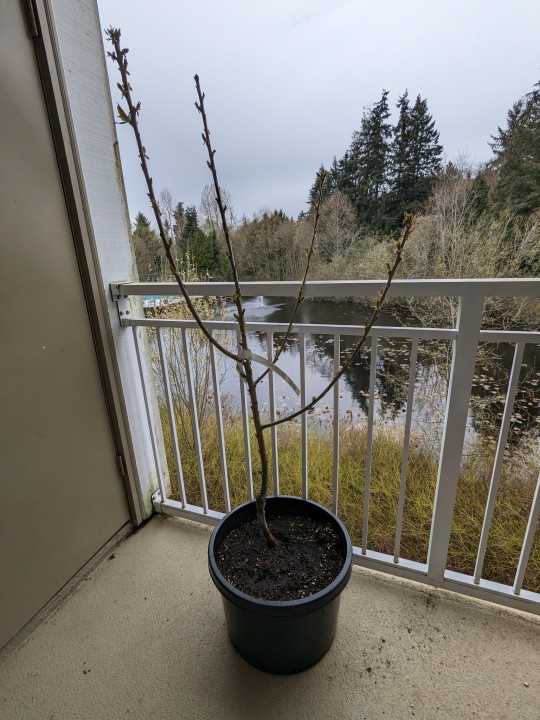
And today:

And the flowers:

Sorry y'all I'm a plant nerd now so I might just have to do an excited yell abt them from time to time!
17 notes
·
View notes